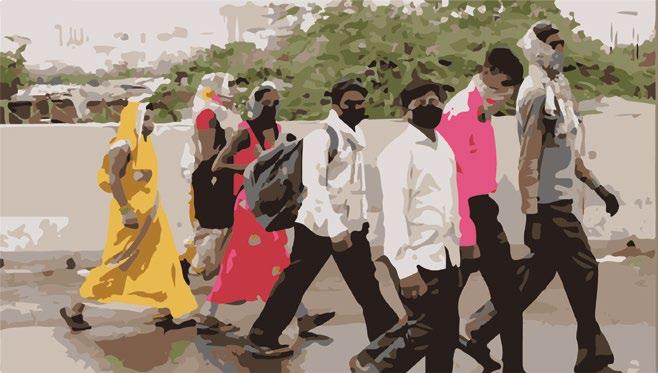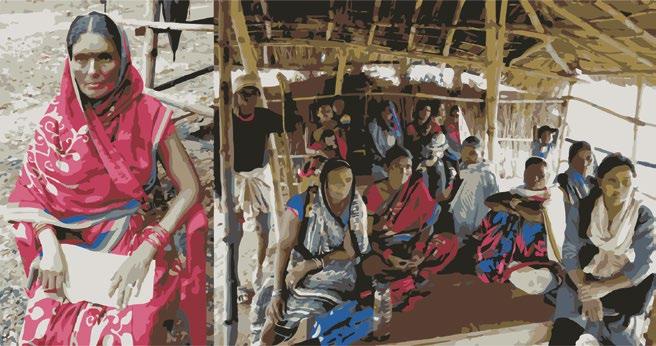Image: cjp.org.in
India’s Indigenous people and the struggle for Forest Rights The term Adivasi that is used for India’s Indigenous people, comes from the Sanskrit word ‘adi’ which means from the beginning, and ‘vasi’ meaning inhabitant. According to the 2011 population census Adivasis constitute a total population of 104 million. Today the figure is close to 107.2 million. This constitutes 8.6 percent of the Indian population (Census India 2011), making them the world’s largest population of Indigenous people.2
identified 635 Scheduled Tribes communities spread across the countries, out of a total of 4635 communities of various kinds. Even as the level of their poverty increases due to decline in their traditional occupations such as hunting and gathering, trapping, pastoral and shifting cultivation, there has been a notable increase in occupations such as horticulture, terrace cultivation, animal husbandry, sericulture, etc. although the mainstay of Adivasi population is Adivasis have faced historic injustices dependent on non-timber forest produce since colonial times. The colonial regime (NTFP) and their economic condition had encroached upon massive forest remains severely constrained.3 lands for commercial exploitation of timber and railways projects, thereby India’s indigenous populations are now threatening the survival and livelihood reluctantly recognized as those who of Adivasis. The Indian Forest Act of also protect India’s natural resources, 1927 was enacted to quell this rebellion reserves and forests. However, conflicting and give unchecked power to the Forest interests in government, influenced by Department. powerful corporations has rendered their rights and claims over land and livelihood The People of India Project of the to become very vulnerable.4 Anthropological Survey of India has HUMAN RIGHTS IN INDIA - Status Report 2021 by IAMC
63




















